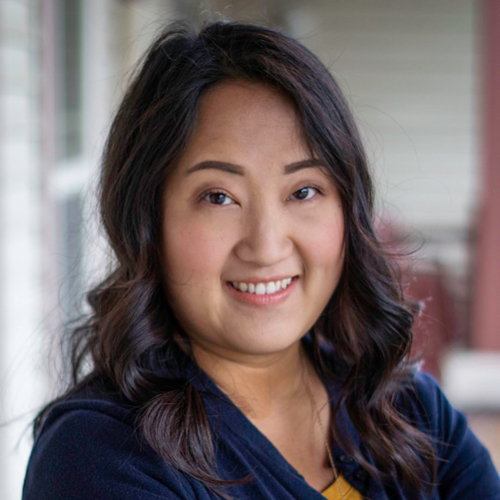Join the Book in Common Community Read Challenge in March and read Thi Bui’s The Best We Could Do in preparation for the author’s visit to campus on April 5.
This week’s challenge features a conversation with Choua P. Xiong (PhD, University of Wisconsin-Madison), assistant professor in the Department of Multicultural and Gender Studies. Professor Xiong’s research approach is informed by her activism as an educator in Southeast Asian community-based educational spaces, schools, and higher education.
In what ways does this book resonate with you?
Professor Xiong: Thi Bui’s graphic novel is a powerful book that reminds us what it means to become Asian Americans when we enter a racialized society like the United States. While her discussions about overt racism were limited, Bui creatively infused the multiple ways racism shows up in her family’s life. Bui provided nuanced details about race and the racial dynamics of romantic relationships (p. 309), overt racism at school (p. 66–67), and internalized racism (p. 285), even correcting the pronunciation of Bích’s name (p. 29). Bui’s story reminds us that this is not just a refugee story, but that the narrative reveals a larger sociopolitical debate around race and racism in the United States.
In your opinion, what is the most striking or memorable page or panel in the book?
Professor Xiong: As a refugee and a mother myself, one of the most significant moments was Thi’s realization that, “FAMILY is now something I have created—and not just something I was born into.” (p.21) This moment recognizes that refugees can choose our own futures and depart from the history we have inherited. We have the power to reframe the narrative about our lives and find our ways to heal, regardless of the trauma or loss we’ve experienced.
Thi Bui hopes that The Best We Could Do addresses “the storytelling problem of how to present history in a way that is human and relatable and not oversimplified.” Do you feel that the graphic novel format helped make this history more relatable to your experience or your family's experience?
Profesor Xiong: Bui’s decision to utilize a graphic novel as the medium to tell history is brilliant! This storytelling format brings the history of the Vietnam War to life in a way that does not paint refugees or refugeehood as victims awaiting the United States’ rescue. Instead, The Best We Could Do recognizes the complexity of Bui’s family and highlights the everyday joy each of the characters experience. For example, we learn about the moments where Má and Bố fall in love and choose one another, and the dark places where Thi confronts her own intergenerational demons. The readers get to put themselves in the Bui family’s journey without subjecting them as an exotic other but to relate to these very human experiences of loss, family, and trauma.
Thank you Profesor Xiong!

